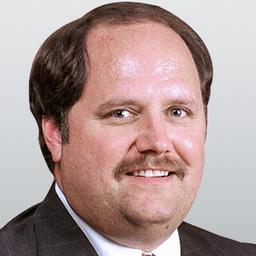Commentary
On Jan. 27, as part of Holocaust Remembrance Day, the United Nations will host an event in New York titled “Remembering the Holocaust: The Documented Efforts of the Catholic Church to Save Lives.”


On Jan. 27, as part of Holocaust Remembrance Day, the United Nations will host an event in New York titled “Remembering the Holocaust: The Documented Efforts of the Catholic Church to Save Lives.”